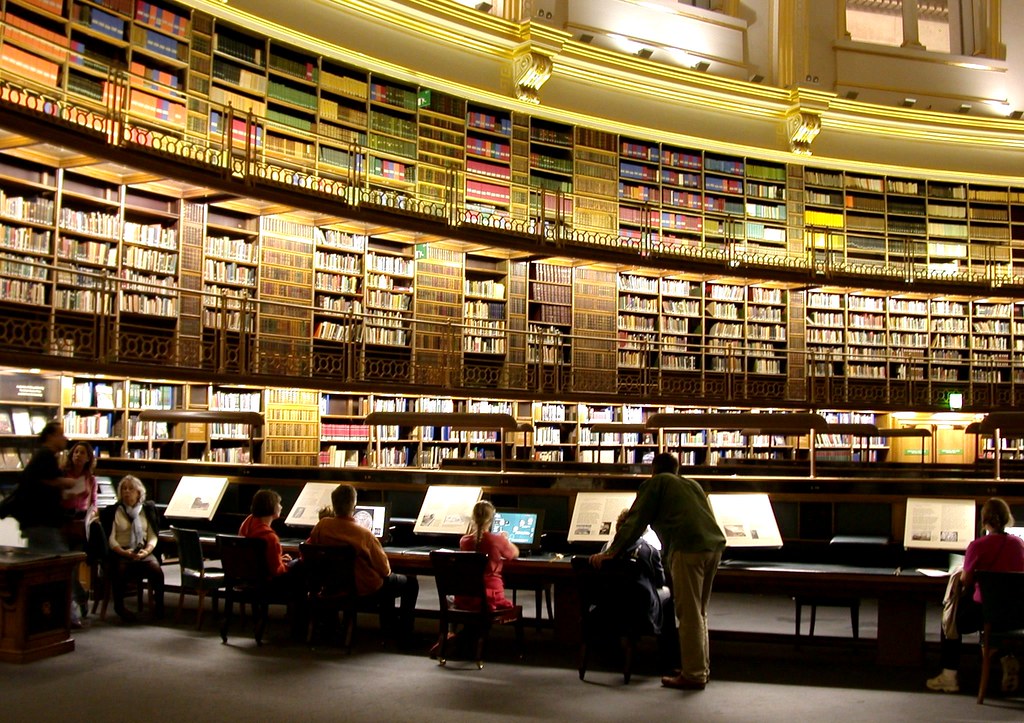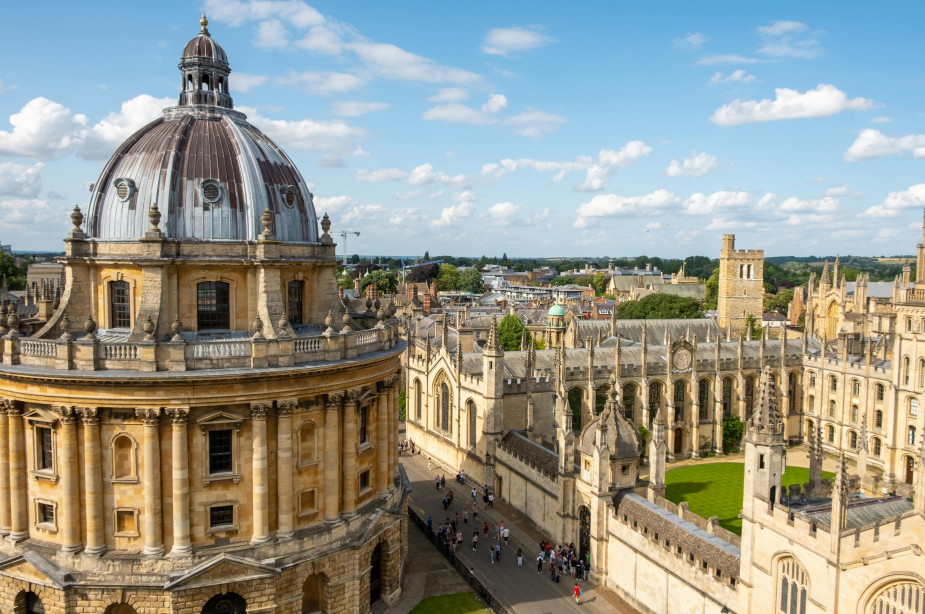Is Barcelona safe is an intriguing issue and question for residents, visitors and students at home and abroad. Barcelona is a city on the northeastern coast of Spain. It is the capital and largest city of the autonomous community of Catalonia, as well as the second-most populous municipality of Spain. With a population of 1.6 million within city limits, its urban area extends to numerous neighbouring municipalities within the province of Barcelona and is home to around 5.3 million people, making it the fifth most populous urban area of the European Union. It is one of the largest metropolises on the Mediterranean Sea, located on the coast between the mouths of the rivers Llobregat and Besòs, bounded to the west by the Serra de Collserola mountain range.
This blog answers the question that is Barcelona safe and analyzes dangerous places in Barcelona detailedly with factors that contribute to their struggles serving as a comprehensive guide, helping you have a better command of Barcelona. If you want choose Barcelona as your tourist spot or educational destination, you ought to read this blog carefully.
Is Barcelona Safe: Barcelona Crime
Overall, Barcelona crime rate is relatively low in comparison to other cities in Spain with the notable exception of robberies.
- Theft
Instances of robbery are particularly widespread in Barcelona as of 2024 Barcelona had the second highest recorded instances of theft in the EU. One of the often cited reasons for this is a national law that states that theft of anything worth less than €400 ($459) is not a crime but a misdemeanor. Additionally offenses for theft of anything valued less than 400 euro are not accumulated to result in more serious charges.
- Homicide
There were a total of 32 homicides in Barcelona in 2024. Many terrorist attacks have occurred in Barcelona, the most deadly of which was the 2006 Barcelona train bombings.
- Drug-Related Crime
Barcelona is the principal route of entry of drugs and narcotics into Spain. Indeed, about half of the cocaine found by law enforcement agencies in Spain is found by Barcelona police. As of 2005, Spain had the highest rate of cocaine users in the world.
- Background Level of Crime against Tourists
Is it safe to travel to Barcelona right now? The US Department of State’s Bureau of Consular Affairs advised travellers in 2024 that Barcelona had a “moderate rate of crime”. Street crimes against tourists occur in the principal tourist areas. Barcelona, in particular, report incidents of “pick-pocketing, mugging, and occasional violent attacks”. In Barcelona, the largest number of incidents reported also occurred in major tourist areas.
In 2024, the Embassy of the United States in Spain issued a warning to its nationals against the increasing violent crime in Barcelona. The embassy highlighted crimes, which were recently committed in the most popular tourist places, such as, the theft of jewelry, money and watches. These offenses have physically harmed the victims in some cases.
- Violence against Women
Is Barcelona safe for solo female travellers? Barcelona has specific a gender-based violence law with its own courts. In 20 years they have dealt with 3000 complaints and convicted 40,000 people. Since 2003 the Barcelona government has been counting gender violence murders, by November 2024 they had reached 265 murders.
Top 5 Areas to Avoid in Barcelona
Top 1. El Raval
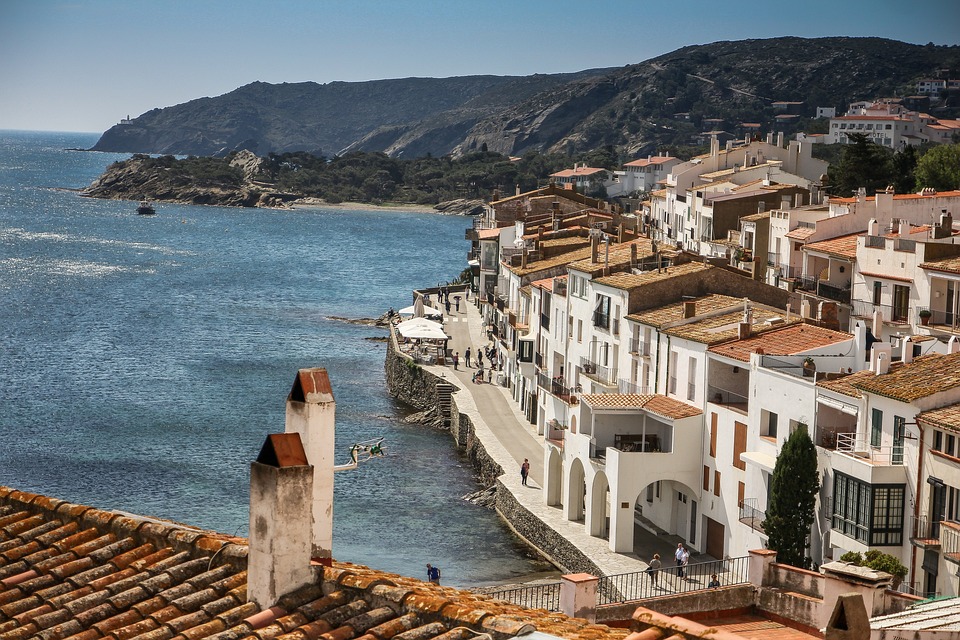
- Population: 45,671
- Common Crimes: Predominantly, pickpocketing, bag-snatching, and drug-related crimes are a concern.
- Safety Issues: The crimes range from petty thefts to more serious offenses like drug trafficking and assault.
- Safety Advice: To mitigate risks, stick to well-lit, busy streets, particularly after dark. It’s essential not to flash expensive items and to keep your belongings secure.
El Raval is one of Barcelona’s most dangerous neighborhoods with frequent robberies. There is substantial police concern about drug crime and fighting. The police have been struggling to control the use and sale of heroin in the neighborhood where it has taken a foothold among marginalized residents. 40% of the residents of the Raval live at risk of social exclusion.
Top 2. Gothic Quarter
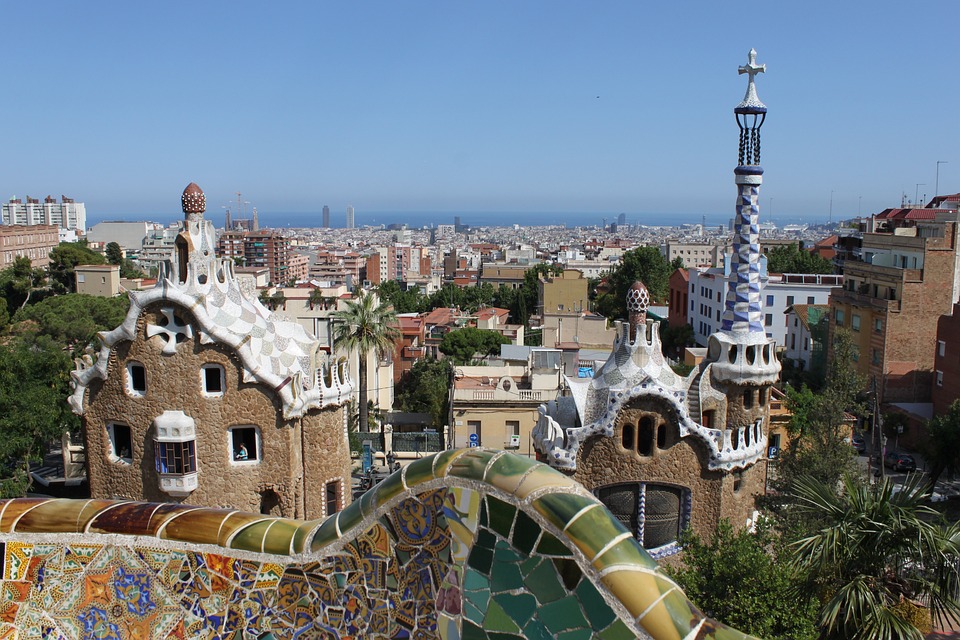
- Population: 24,460
- Common Crimes: Pickpocketing and petty thefts are frequently targeted at unsuspecting tourists in this area.
- Safety Issues: The maze-like streets can become locations for petty crimes after sunset.
- Safety Advice: It’s advised to stay alert, keep your possessions secure, and avoid venturing into secluded alleyways after dark.
Gothic Quarter or Barrio Gótico in Spanish is the historic centre of the old city of Barcelona. However, it is one of the areas to avoid in Barcelona at night due to its maze-like design, winding lanes, and medieval atmosphere, which enhance its appeal during the day. It stretches from La Rambla to Via Laietana, and from the Mediterranean seafront to the Ronda de Sant Pere. It is a part of Ciutat Vella district. The quarter encompasses the oldest parts of the city of Barcelona and includes the remains of the city’s Roman wall and several notable medieval landmarks. Much of the present-day fabric of the quarter, however, dates to the 19th and early 20th centuries.
Top 3. Las Ramblas
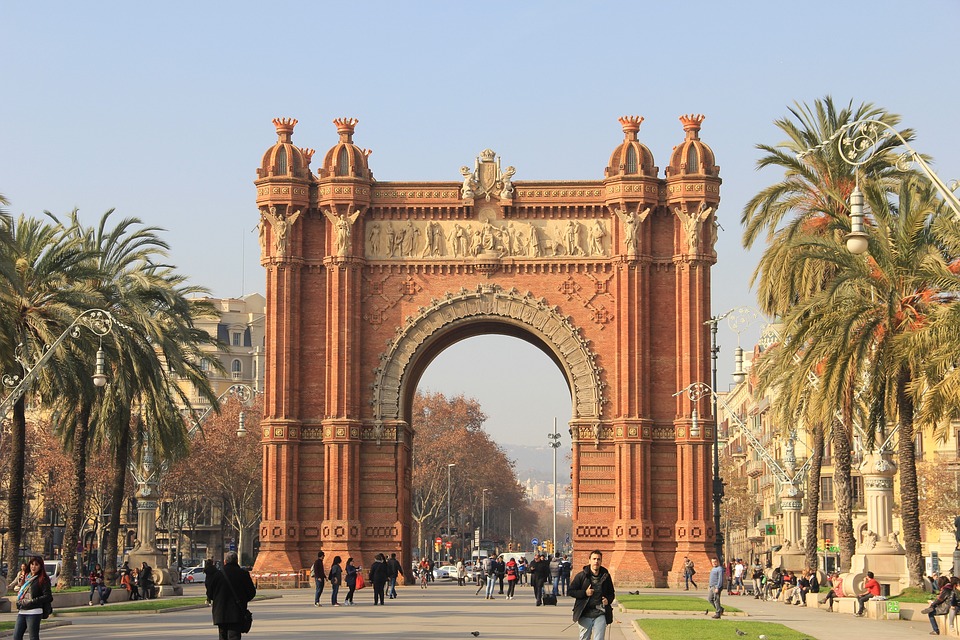
- Population: 12,680
- Common Crimes: Pickpocketing and scams are the main safety concerns in Las Ramblas.
- Safety Issues: The constant bustle and heavy foot traffic make it an attractive area for petty thieves.
- Safety Advice: Stay vigilant, particularly of your personal belongings, and be wary of street-side vendors who might use diversion tactics for theft.
La Rambla is considered the most well known street in central Barcelona. Additionally, it is a hotspot for pickpockets and small-time thieves, making it one of areas to avoid in Barcelona if you are not vigilant enough. A tree-lined pedestrian street, it stretches for 1.2 kilometres connecting the Plaça de Catalunya in its center with the Christopher Columbus Monument at Port Vell. La Rambla forms the boundary between the neighbourhoods of the Barri Gòtic to the east and the El Raval to the west.
Top 4. Parc de la Ciutadella
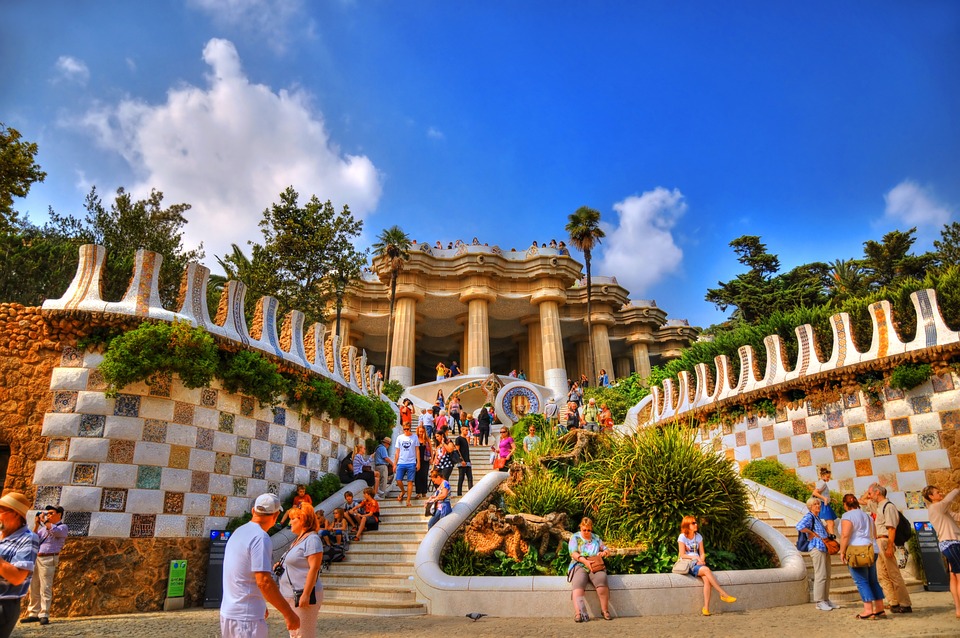
- Common Crimes: Incidents of robberies and muggings occasionally occur in secluded areas of the park at night.
- Safety Issues: Dimmed lights and fewer crowds after dusk can increase crime vulnerability.
- Safety Advice: Avoid wandering around the park alone after sunset. If you must, stick to areas that are well lit and populated.
Parc de la Ciutadella is a park on the northeastern edge of Ciutat Vella, Barcelona, Catalonia, Spain. But because of safety concerns, it becomes one of the areas to avoid in Barcelona at night, despite the peace and quiet it provides during the day. For decades following its creation in the mid-19th century, this park was the city’s only green space.
Top 5. Nou Barris
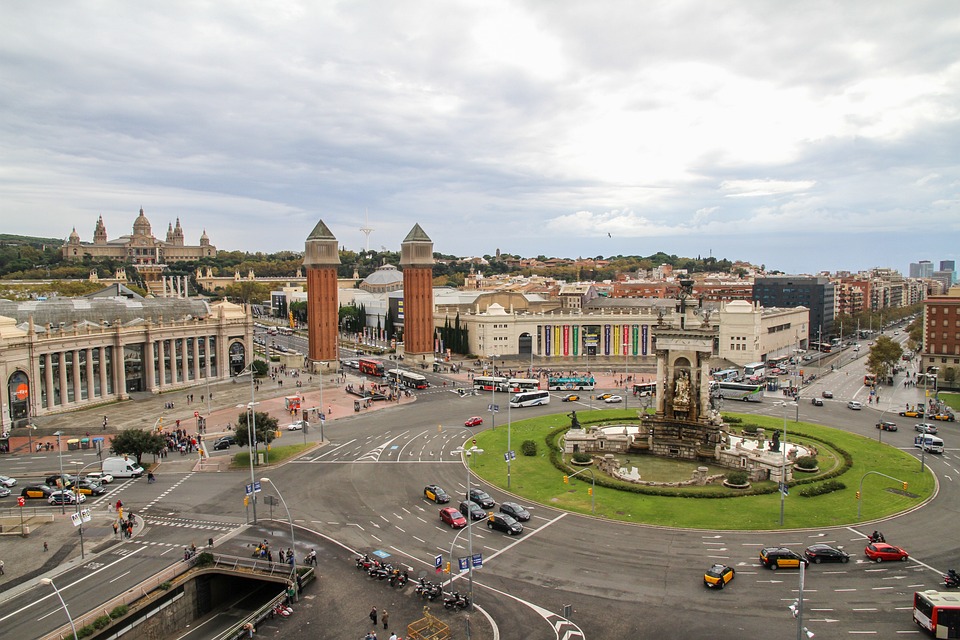
- Population: 20,420
- Common Crimes: These neighborhoods have reported burglary, mugging, and occasionally car theft.
- Safety Issues: The crime rates, particularly at night, are slightly higher than in Barcelona’s central parts.
- Safety Advice: It’s important to stay vigilant, especially when walking alone at night, and to stick to well-lit, populated areas.
Nou Barris is one of the ten districts into which Barcelona has been officially divided since 1984. Despite not being popular tourist destinations, Nou Barris has higher crime rates than Barcelona as a whole, thus tourists should exercise caution. The name refers to the original nine neighbourhoods it was composed of, even though nowadays it’s made up of thirteen. It covers an area of 8.04 km2.
Places to See in Barcelona
- Gothic Quarter
Gothic Quarter is the historic centre of the old city of Barcelona. It is one of places to visit Barcelona Spain. It stretches from La Rambla to Via Laietana, and from the Mediterranean seafront to the Ronda de Sant Pere. It is a part of Ciutat Vella district. The quarter encompasses the oldest parts of the city of Barcelona, and includes the remains of the city’s Roman wall and several notable medieval landmarks. Much of the present-day fabric of the quarter, however, dates to the 19th and early 20th centuries.
- Sagrada Família
The Basílica i Temple Expiatori de la Sagrada Família, otherwise known as Sagrada Família, is a church under construction in the Eixample district of Barcelona, Catalonia, Spain. Barcelona tourists who visit Barcelona must go there. It is the largest unfinished Catholic church in the world. Designed by Catalan architect Antoni Gaudí (1852–1926), in 2005 his work on Sagrada Família was added to an existing (1984) UNESCO World Heritage Site, “Works of Antoni Gaudí”.
- Palau de la Música Catalana
Palau de la Música Catalana is a concert hall in Barcelona, Catalonia, Spain. It is one of Barcelona sites to see. Designed in the Catalan modernista style by the architect Lluís Domènech i Montaner, it was built between 1905 and 1908 for Orfeó Català, a choral society founded in 1891 that was a leading force in the Catalan cultural movement that came to be known as the Renaixença. It was inaugurated on 9 February 1908.
Tips for Staying Secure in Barcelona
- Don’t Display Valuables
Showing off your expensive jewelry won’t put you at risk in Barcelona, but it is something to consider when traveling. You are more of a target than someone who doesn’t exhibit costly items like pricey jewelry or high-end phones. Petty theft, which is typically a casual snatch and grab or snatching items out of your pockets without your knowledge, is more common among tourists than major violent crimes.
- Be Aware of Surroundings
Keep your bag close at hand if you’re in a large crowd because an innocent bump from someone passing by could be a pretext for someone to steal from you.
- Only Use Licensed Taxis
It’s a rule that should be followed almost everywhere you go. You can flag one down on the street if it’s empty or call one to get you. City taxis are immediately identifiable because they are black cars with yellow doors. If you cannot locate a city taxi, you may also use Uber or Bolt, both available in Barcelona. When using these cars, consider the standard precautions, such as looking at the license plate and the vehicle before getting inside.
- Stay Aware When Going out for the Night
Barcelona is renowned for its fantastic nightlife, including the vibrant clubs that adorn the city and the calm bars where residents spend their evenings. Although it’s a terrific city for a night out, watch how much you drink to ensure you’re still sane. If you intend to walk back to your lodging at night, stay as close to the main streets as possible.
Conclusion
This blog answers the question that is Barcelona safe and analyzes dangerous places in Barcelona detailedly with factors that contribute to their struggles serving as a comprehensive guide, helping you have a better command of Barcelona. If you want choose Barcelona as your tourist spot or educational destination, you ought to read this blog carefully.
After you have decided to pay a visit to Barcelona or go to Barcelona for further education, accommodation is the first and foremost thing. uhomes.com is a platform providing affordable, reliable and comfortable student accommodation in Spain.
FAQ
Barcelona is a city on the northeastern coast of Spain. It is the capital and largest city of the autonomous community of Catalonia, as well as the second-most populous municipality of Spain.
Zaragoza’s Policía Local plays a central role in maintaining safety. They are highly visible throughout the city, employing both foot patrols and vehicles. This visible presence serves as a deterrent and provides a readily available point of contact for citizens.
Barcelona is a safe destination for solo travelers, but as with any city, it’s important to use common sense and be aware of your surroundings. Stay in safe neighborhoods, keep a close eye on your belongings, avoid walking around late alone, and be mindful of your alcohol consumption.
Barcelona is no longer the budget-friendly destination it once was, though it’s still one of the cheapest major cities in Europe. Accommodation, dining, and entry fees for attractions have steadily risen, especially in high season. A simple lunch in a touristy area can feel overpriced compared to other Spanish cities.
Yes! It’s no less safe than any other major tourist city!
Dress standards. Shorts and joggers are very common even on locals. Flat sandles are common, saw very few heels – lots of walking in Barcelona. Surprisingly hats are not common but if someone has a hat on baseball caps are common and sold in every second shop in the city centre.
That’s the big question, isn’t it? You’ll be glad to hear that the tap water is absolutely safe to drink! It meets EU standards across the board, but it might taste a bit different if you’re not used to it. That’s just because of different minerals, chlorine, and PH levels, so feel free to chug!
Barcelona is generally considered safe for walking at night, especially in well-populated and well-lit areas. However, like any major city, it has areas that are safer than others.
In spite as being named as the safest city in Spain and the best place to live in Spain in 2024, Barcelona remains cause for concern. Residents in Barcelona continue to be concerned about insecurity in the city, while residents in Madrid tend to be more satisfied.
- Select your transport well. The metro is the riskiest means of transport.
- Only carry the necessary amount of money.
- Take care of your backpack and bag.
- Don’t leave your belongings on outdoor tables.
- Pay attention to your appearance.
Barcelona’s safest neighborhoods include Eixample, Sarrià-Sant Gervasi, and Gracia. These areas offer a high quality of life with low crime rates, they are popular among families, locals, and expats for their peaceful environment, beautiful architecture, parks, shopping options, and excellent food scenes.
With its artistic marvels and coastal charms, Barcelona beckons with the allure of Antoni Gaudí’s architectural wonders and the Mediterranean’s soothing embrace. Conversely, Madrid takes pride in its regal elegance, world-class art museums and vibrant urban life that pulses through its historic streets.
The crime rate in Barcelona was 50% higher than in Madrid in the first half of 2024, according to data from Spain’s interior ministry analyzed by the Catalan News Agency (ACN). In the Catalan capital, the ratio was 48 crimes per 1,000 inhabitants, while in Madrid it was 31.
Levels of crime and criminality in Barcelona. However, it’s very rare for serious crimes to occur against tourists. Most security problems for tourists in Barcelona are related to wallet, watch, backpack theft, and scams. Barcelona has been repeatedly rated as the pickpocketing capital of Europe.

